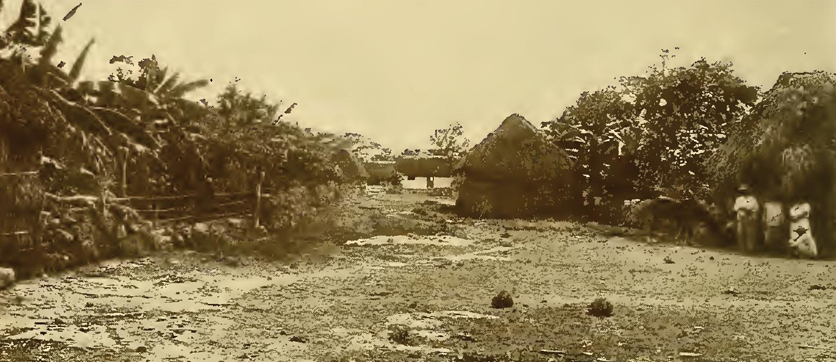Cozumel’s Dirty Little Secret: Rancho San Martin
Copyright 2018, Ric Hajovsky
Playa San Martin on Cozumel’s east coast was named after adjacent Rancho San Martin, which was Cozumel’s “internment camp” for non-belligerent Maya who were allowed to move to the island to sit out the last few years of the War of the Castes. It was set up in 1900, when General Ignacio Bravo sent Maya from the mainland who did not want to fight in the war, to go live in relative isolation on the barren east coast of Cozumel. Although a treaty was made between Mexico and some of the rebel Maya in 1901, others continued to fight until a second treaty was made in 1915. Even at that, a few Maya villages continued to fight until the 1930s, some 90 years after the war started in 1847.
The village of Rancho San Martin operated as a detention camp with the full cooperation and participation of local Cozumel authorities, who made sure that the internees did not visit other parts of the island or to travel off of the island. The village was located near today’s landfill, and the wells, foundations and other remnants of the settlement can still be seen there in the underbrush.
W. E. Lloyd, an American visiting Cozumel in 1915 wrote: “During my stay I visited the small colony of Maya refugees at their ranch San Martin. They appeared to be very shy and retiring, and it took me some time to gain their confidence. But by playing with the babies and distributing among the elders some strong, black cigars — of which both men and women are very fond — I succeeded in establishing friendly relations with them, and persuaded a group of them to pose in front of my camera. Before gathering ‘neath the shade of the palm tree, which I had selected as affording a good background, they stipulated that I should first allow them to put on clean clothes. But the operation did not take them more than a few minutes, for all they wear (speaking of the women) is a long loose robe, of unstarched white cotton, embroidered around the edges with colored thread. As a matter of fact, even if the photograph had been capable of revealing the condition of their clothing, they need not have changed; the clothes they took off were but little soiled, for they had put them on clean but a few hours previously. The Maya Indians, individually and as a community, are among the cleanest people in the world. They put on clean clothes every day, and it is one of the recognized duties of the wife to have the bathtub, a sort of canoe, hewn in a single piece out of a tree trunk, filled and ready for use by the time the husband returns from the day’s work at sunset, for all natives — gentle and simple — of the Yucatan Peninsula bathe in the evening, and most of them in the morning as well.”

Above: Rancho San Martin in 1911, photographed by W. E. Lloyd.
Towards the end of 1918, influenza (the “Spanish Flu”) raged through the village, killing many. After that, the rules were relaxed and San Martin’s internees were allowed to join the island community. By the early 1920s, the settlement was abandoned and the former internees had all moved into San Miguel or surrounding ranchos.